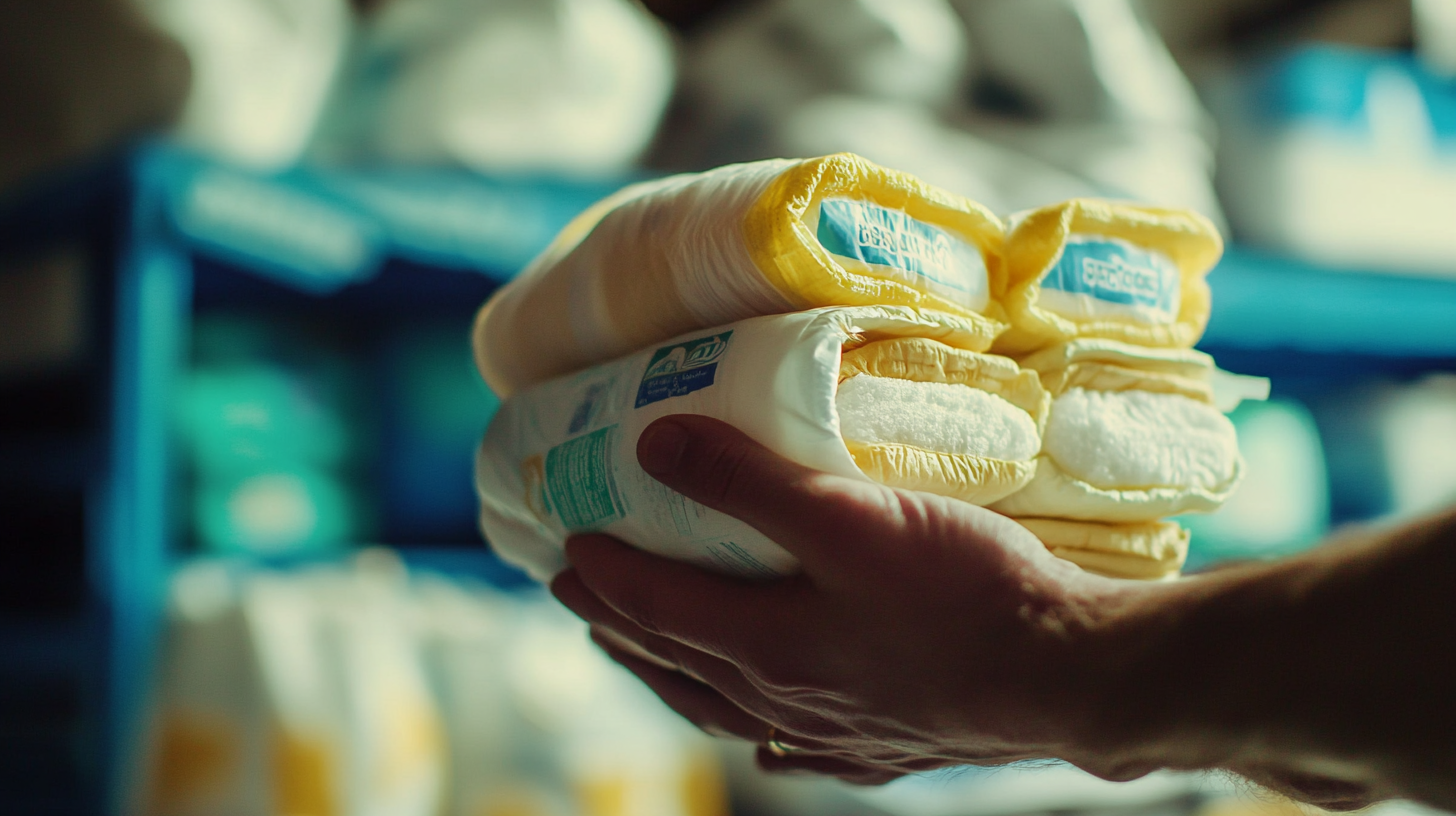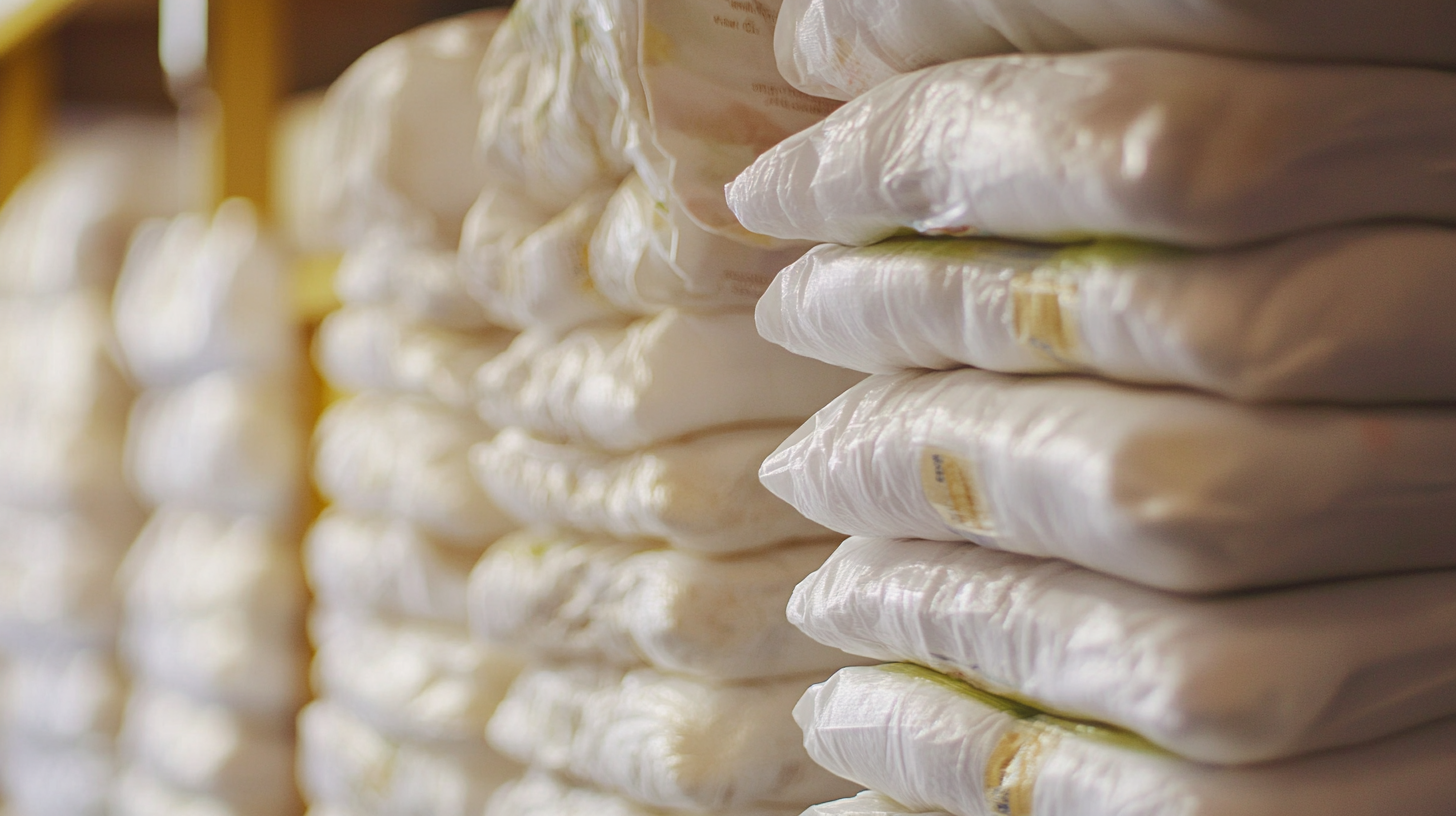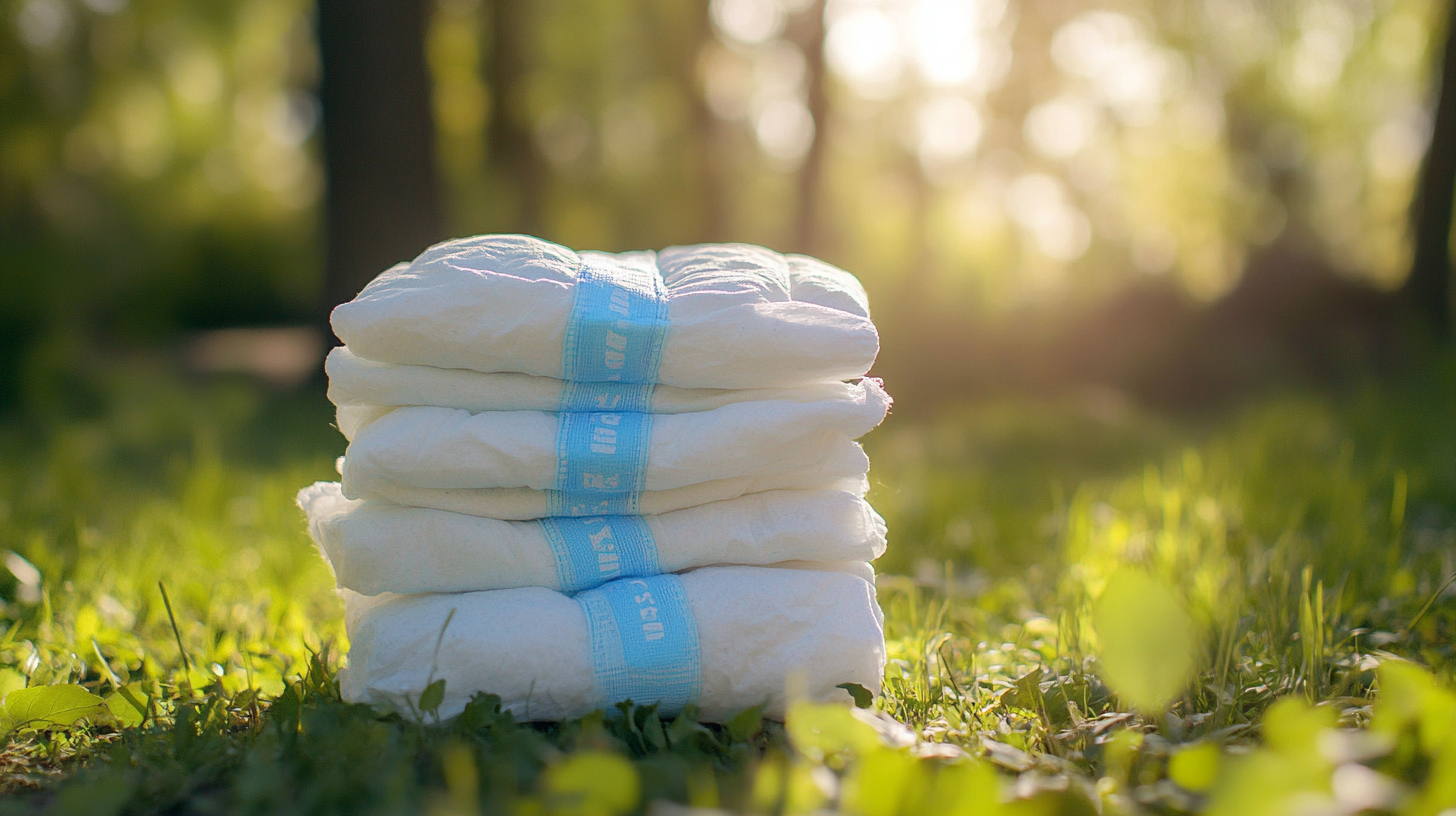The concern about disposable diapers has fueled inventiveness to produce alternatives in sustainability markets. According to a new report by the Environmental Protection Agency (EPA), 20 billion disposable diapers per year find their way to U.S. landfills, which translates into truly an embarrassing amount of waste that is not biodegradable. This figure demonstrates the need for alternative methods as disposable diapers require 500 years or more for decomposition. The market for organic diaper alternatives is poised for a brighter future, with fresh awareness on the part of consumers being driven to sustainability, giving rise to novel innovations for this segment.
As parents look for green choices, they will continue to create demand for product innovation that challenges the throwaway diaper paradigm. Recent studies have indicated that biodegradable diapers can considerably lessen the environmental burden of landfills, as well as offer performance-like disposables. More than just an emerging trend, this sustainable baby diapering approach has the potential to transform the entire baby care industry, where brands are making great moves toward eco-responsible practices. This blog will talk about the various innovative alternatives to disposable diapers and their possible change in the future of diapering in a sustainable context.

The growing concern for environmental sustainability thereby shift many parents to rethink their use of diapers for their children. There are various eco-friendly diaper alternatives, which include cloth, biodegradable, or even hybrid systems, which provide so many family-and planet-benefiting aspects. This switch to these novel substitutes would not only reduce waste but could also facilitate healthier skin for babies while thereby saving money for parents in the long run. The most striking advantage of eco-friendly diaper alternatives is the wastage they cause from landfills. Disposable diapers are wrong because they take hundreds of years to decompose, contaminating their resultant waste into the air, land, and water while molding forms of pollution. Cloth diapers can be reused by several children and, often, supplied by sustainable materials, making them an eco-friendly option. Some biodegradable diapers are claimed to under biological degradation within a few months, which significantly lowers their ecological footprint. In health aspects, eco-friendly diaper alternatives are also brought. Most disposable diapers would have chemicals and fragrances that may irritate a child's tender skin. So here, organic cloth materials used in the making of diapers are devoid of these harmful substances. Thus, these babies are left feeling more comfortable and irritation-free. Airflow is much better here, thus preventing diaper rashes and keeping skin healthy. Not only has eco-friendliness about diapers been selected as a healthy alternative to the environmental crisis, but the babies are also put into a healthy environment. Now, by providing several innovative alternatives, the sustainable practices can be in-offering without any compromise ever.

Since the last decade or so, the diaper industry has turned toward some remarkable sustainable innovations as developments for biodegradable and reusable diapers. Increasing concerns over the environmental impact of disposable diapers, which mainly are disposal waste in landfills, have spurred companies on with alternatives whose claims go in settling these concerns. Some materials and product innovations are well on their way in materials science using products made from plant fibers and non-toxic adhesives to produce diapers that decompose far quicker than traditional ones.
Secondly, with the rise of smart diaper technology, caregivers are transforming their approach to changing diapers. Smart diapers that alert parents through smartphone applications when moisture is detected place much greater convenience on hygiene concerns and increasing demands for innovative solutions. This mix of technology with sustainability seems to go on gaining momentum with the smart diaper market expected to grow at a compound annual growth rate of 5.4% between 2024 and 2032. The trend represents a wider movement toward creating products that integrate ease of use and sustained environmental responsibility.
Local initiatives, like that of Vanuatu, are also great examples of a commitment to plastic waste reduction. By banning disposable products, the Pacific nation has laid down a strong challenge to ensure others reconsider their dependence on single-use items. This ground-up approach to pollution is a way of reminding everyone about the importance of incorporating community engagement into sustainable practices as a starting point for innovative market solutions in favor of global environmental goals. If more innovations of this sort emerge, then the diaper industry is bound to remain not just in its practicality but innovate in an ecologically conscious future.

Sustainability and the environment awareness lead consumers to change their preference in baby care products. Recent studies show that an average of 89% of consumers now look for sustainable products, which indicates the strong movement for eco-friendly alternatives to conventional disposable diapers. Innovative alternatives to disposable diapers have thus been innovated for the environmental concern of the public and the satisfaction of the consumers.
There are many conferences these days, such as the 2025 Industry Technology Innovation and Investment Promotion Conference, which have witnessed a shift of most multinational companies from simply manufacturing into centers for innovation, an important approach to facilitating the new products the market is craving regarding sustainability. Most companies are investing in research and development to generate biodegradable or reusable diaper solutions that can minimize wastage and really attract environmentally conscious consumers.
The growth of the pet economy offers a perfect example of how great sectors transform themselves into dosages of consumer demand for the higher quality and more sustainable things. Much like the shift we see in diaper solutions, it clears the way to products that will preach a gospel of sustainability and responsible consumption. As these markets develop, innovative substitutes for diapers will be factored in broader trends within consumerism culture, thus creating a dynamic space for developing sustainable products in the coming years.

The sustainable diaper industry is currently at a crossroads of such a nature that it has innumerable challenges yet some very exciting opportunities lying ahead. An increasing competition from new brands and changing consumer preferences for more eco-friendly options subject traditional disposable diapers to a more increase scrutiny. The conventional pressure has naturally bred a form of innovation that seeks to find alternatives to sustainability but still meets the practical needs of parents.
One great challenge remains the ongoing struggle against cost-cutting tactics, which has created a sort of "race to the bottom in price" especially in those over-marketed disposable diaper countries. Brands must navigate this landscape of price competition while not sacrificing quality and value of their products but also develop the next-generation materials and technologies to overcome the environmental footprint. Along the lines of that change, the behaviors of consumers towards spending have also dramatically changed, indicating more interest in desirable, sustainable, and hence expensive good products, thus bringing with it a very unique opportunity for brands willing to invest in innovation.
There remains the possibility of expansion in the market for them as they directly tackle the consumers' yearnings. Prioritizing sustainable processes and product creation would clearly distinguish organizations in a high competition environment. This will indeed create scenarios where a whole new generation of end-users can experience added use-value. Moreover, the transition towards an ecologically friendly diaper market can be further paved through associations in the industry, along with retailer partnerships and investments in sustainable supply chains.
Among various green products, the trend is moving towards greener alternatives to disposable diapers. Among the pioneers in introducing biodegradable options made from organic materials for infant products are brands like EcoBoom and The Honest Company, both of which make a dent in the diapering scene. These benefits, however, are not only limited to the environmental aspect; they have also prioritized the health and comfort of babies by ensuring that their non-toxic substances are used in their products. The expected consumer behavior from these innovative companies could be analyzed by case studies-how consumers are changing their behavior with regard to green diapers.
The window into innovation in sustainable markets opens as such advancements are observed from across industries, effectively showing the innovation spearheaded by the Swiss food technology company Sallea. Their recent advancements in cell growth scaffold technology for textured cell-cultured meat are further grounds for proving sustainability in product offerings across diverse sectors. Just as Sallea aims at creating an ethical meat production process, these green diaper brands also emphasize a reduced environmental impact through sustainable sourcing and production methods. Thus, following the branches of similar growth of these industries is an indication that consumer demand in either case pushes forward the use of innovative technology while also allowing brands to reconsider some of their conventional practices.
Thus, the interaction of the case studies on these diapers and innovations like those achieving at Sallea point to an important aspect in sustainability. Brands would be part of a larger paradigm of responsible consumption as they meet consumer needs as well as address environmental concerns. With the green diaper movement gathering momentum, it also creates an example for other sectors into such solutions that are now not just eco-friendly but also more health-promoting.
Eco-friendly diaper alternatives include cloth diapers, biodegradable options, and hybrid systems that are designed to be more sustainable compared to traditional disposable diapers.
Eco-friendly diapers significantly reduce landfill waste, as traditional disposable diapers take hundreds of years to decompose. Cloth diapers can be reused and made from sustainable materials, while biodegradable options can break down within a few months.
Eco-friendly diapers, particularly cloth diapers made from organic materials, are free from harmful chemicals and fragrances found in many disposable diapers, reducing the risk of skin irritation and diaper rashes.
Yes, while there may be initial costs associated with purchasing eco-friendly diapers, they can lead to long-term savings due to their reusability and lower environmental impact compared to disposable options.
Innovations like smart diaper technology are emerging, featuring sensors that monitor moisture levels and send alerts to parents’ smartphones, enhancing convenience and addressing hygiene concerns.
Vanuatu has banned disposable products to reduce plastic waste, setting a precedent that encourages other countries to rethink their reliance on single-use items and promoting community involvement in sustainability efforts.